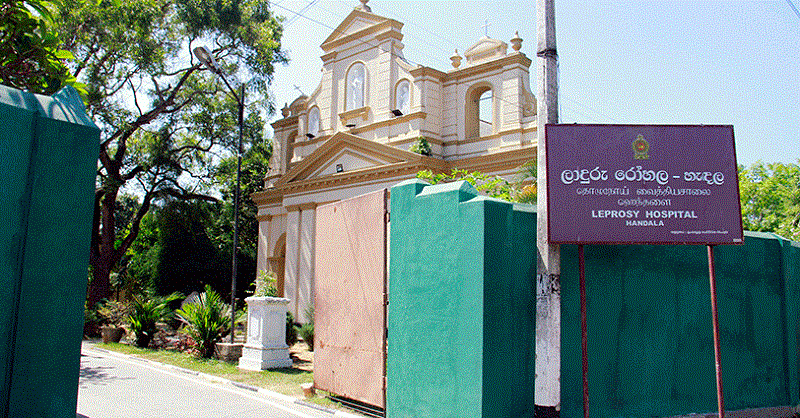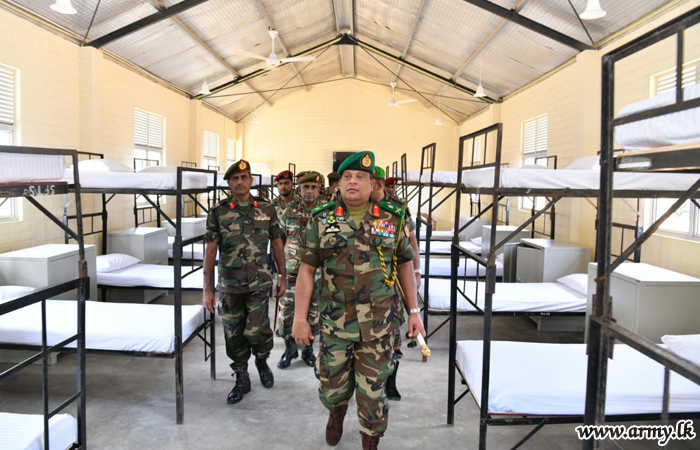The Sri Lankan government decision to set up a coronavirus quarantine centre in Batticaloa and Kandakadu, came after protests earlier this month form Sinhala locals in Hendala, admitted Sri Lanka’s health minister.
Initially, the government had chosen the Leprosy Hospital at Hendala, which the Director-General of Health Services described as “ideal”.

However consecutive days of protests, led by a former government minister Nimal Lanza and local Chrisitan and Buddhist clergy, forced the government to shift the centre to the Eastern province.
“I will not allow this to happen in this place,” former state minister Nimal Lanza said at the time. “This is a highly populated area. They should have asked us about this before taking a decision.”

According to Economy Next, Wanniarachchi later "conceded that the decision to move away from the Hendala facility to the current quarantine centres in Kandakadu and Batticaloa “took another two or three days”".
The decision to shift to the Eastern province has come under fire from local Tamils who also stated that there was little consultation or regard for the welfare of the local population. At least six people were arrested by Sri Lanka’s Special Task Force last week after locals protested against the transfer of a patient suspected of having coronavirus to the Batticaloa Teaching Hospital.
By forcing those in isolation to travel so far from their point of entry, there was a risk that further spread could occur, one clinician told the Tamil Guardian. If any positive coronavirus cases were discovered in those detention centres, there were also concerns over how local health systems - which after decades of armed conflict still lag behind those in the south - could cope with an outbreak.

The Sri Lankan military took over the campus of a private university for one such detention centre, which will have a profound impact for the next few years said a local epidemiology expert based in the North-East, speaking on condition of anonymity to the Tamil Guardian.
“They are trying to keep any outbreak far away from their areas,” the doctor said. “By putting these detention centres in Tamil areas and other regions they are discriminating and intentionally creating panic."

